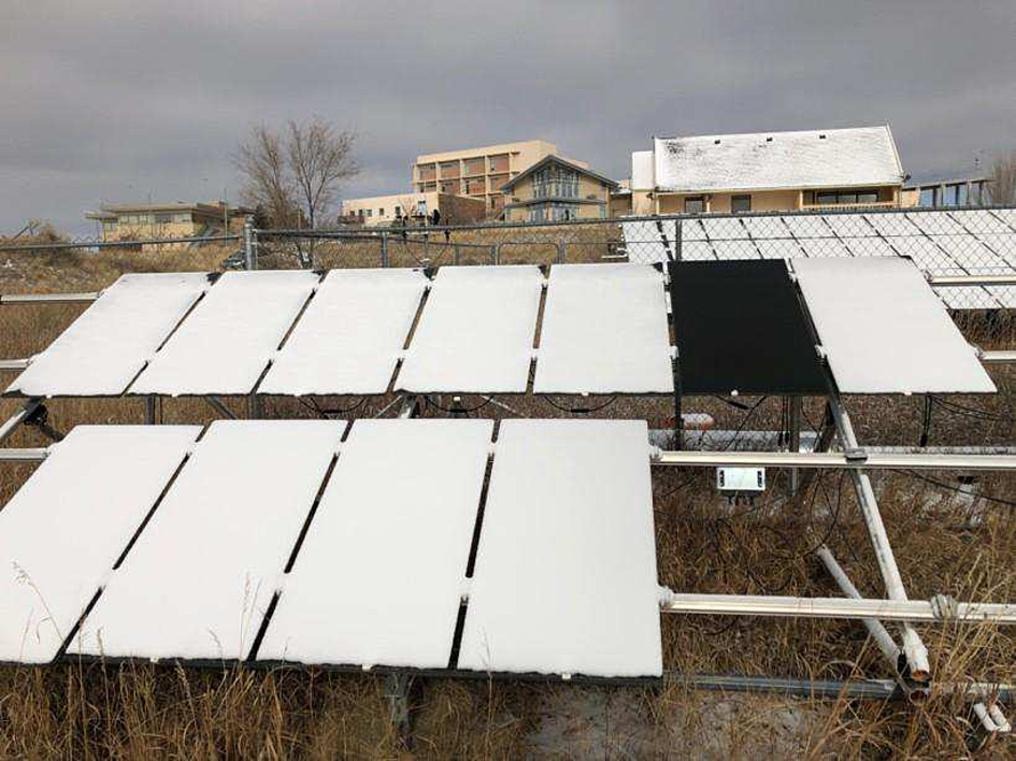From pv magazine Global
Researchers at Loughborough University in the United Kingdom have conducted an extensive review of all antireflecting (AR) coating technologies for glass used in solar modules in an effort to assess their future prospects.
In the paper “The performance and durability of Anti-reflection coatings for solar module cover glass – a review,” published in Solar Energy, the research group presented all coating designs, materials, and deposition methods, split into two categories – single-layer and multilayer coatings. Furthermore, it provided an assessment of their durability, with a particular focus on their vulnerability to abrasion.
Moreover, they discussed the incorporation of properties such as anti-soiling and sub-bandgap reflection into existing AR coatings.
As for the single-layer AC coatings, the scientists said that the sum of their reflectance and transmittance values at each wavelength should be 100%, noting that this technology is currently the industry standard.
“Because single layers minimize reflection at a single wavelength, reflectance rises to either side of this, making single layer AR coatings less effective over longer wavelength ranges,” they said, however, stressing their current limits. “Also, the need for a low refractive index material means that porous materials are generally used, and this can lead to durability issues.”
Multilayer anti-reflection (MAR) coatings, by contrast, are presented as able to overcome the typical limitations of single-layer coatings, as they have a high and low refractive index, which reduces reflection across a broader wavelength range.
“The most basic type of MAR coating is a double layer coating consisting of one high index and one low index material, both a quarter-wave thick,” they explained, adding that MAR coatings also offer an advantage in terms of durability, as they have no need for ultra-low refractive index materials. They also stressed, however, that these coatings are generally more expensive, which limits their adoption at a commercial level.
When it comes to durability, the scientists said they found that the coatings’ useful lifetimes are under 8 years, although manufacturers usually offer a 25-year warranty for their PV modules.
“Because the AR coating is hydrophilic, with a water contact angle of around 20 degrees, increased soiling has been observed in some locations, causing a power loss greater than the improvement obtained from the addition of the AR coating,” they emphasized. “This emphasises the need for the addition of hydrophobic, anti-soiling functionality for AR coatings on PV module especially for locations with levels of high soiling.”
Looking forward, the team said that the research should focus on improving AR coatings’ durability and multifunctionality, with special attention for anti-soiling techniques. “Further work is required to improve the UV resistance of currently available commercial hydrophobic coatings, and this should be a focus for industry,” it concluded.
This content is protected by copyright and may not be reused. If you want to cooperate with us and would like to reuse some of our content, please contact: editors@pv-magazine.com.









By submitting this form you agree to pv magazine using your data for the purposes of publishing your comment.
Your personal data will only be disclosed or otherwise transmitted to third parties for the purposes of spam filtering or if this is necessary for technical maintenance of the website. Any other transfer to third parties will not take place unless this is justified on the basis of applicable data protection regulations or if pv magazine is legally obliged to do so.
You may revoke this consent at any time with effect for the future, in which case your personal data will be deleted immediately. Otherwise, your data will be deleted if pv magazine has processed your request or the purpose of data storage is fulfilled.
Further information on data privacy can be found in our Data Protection Policy.